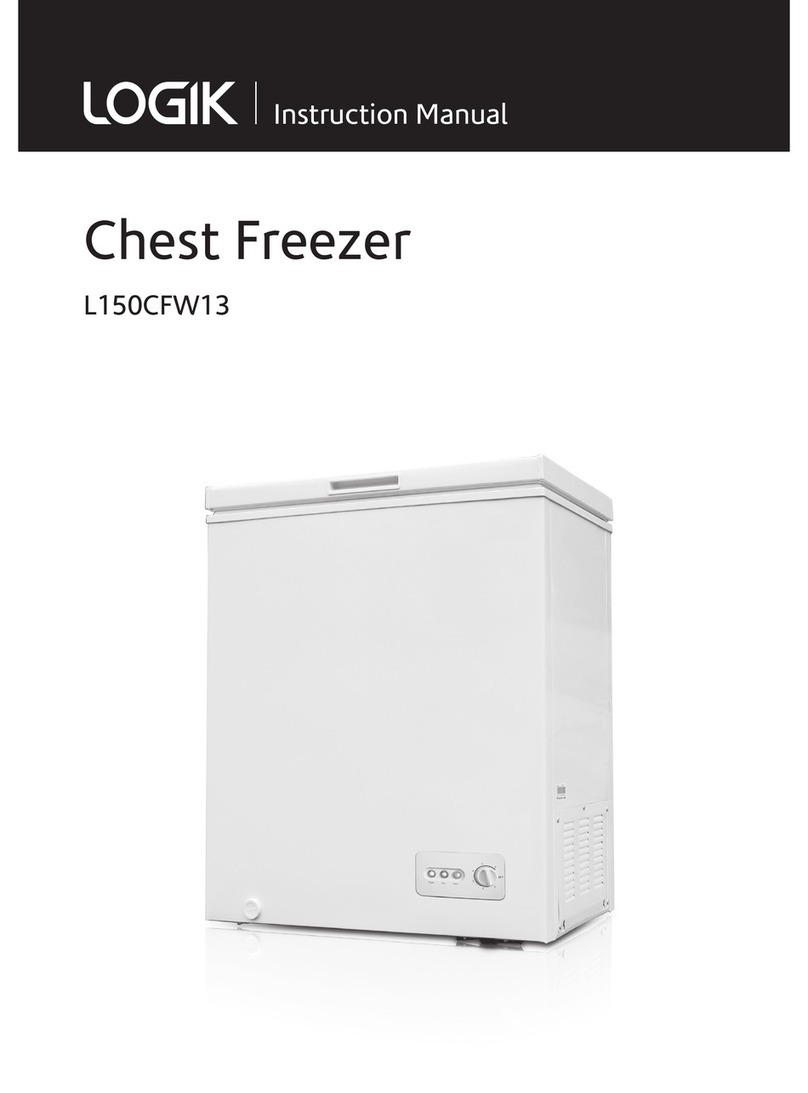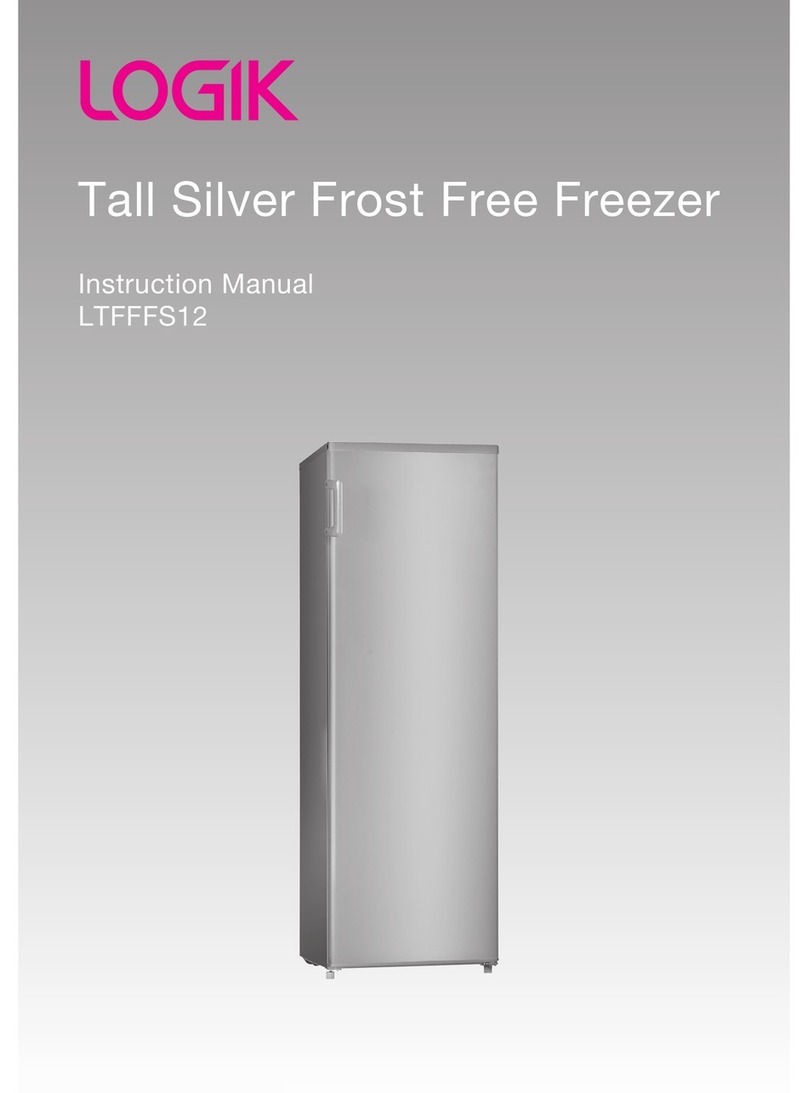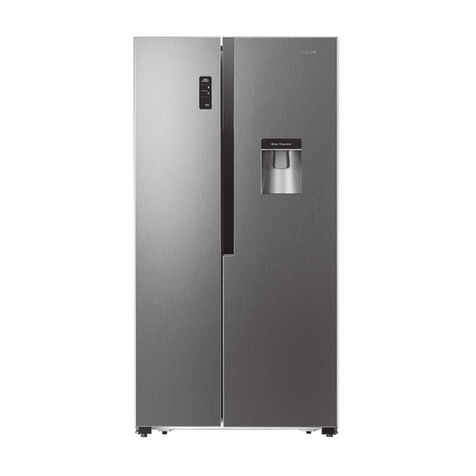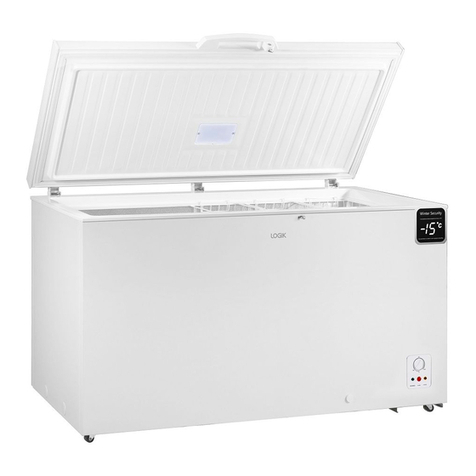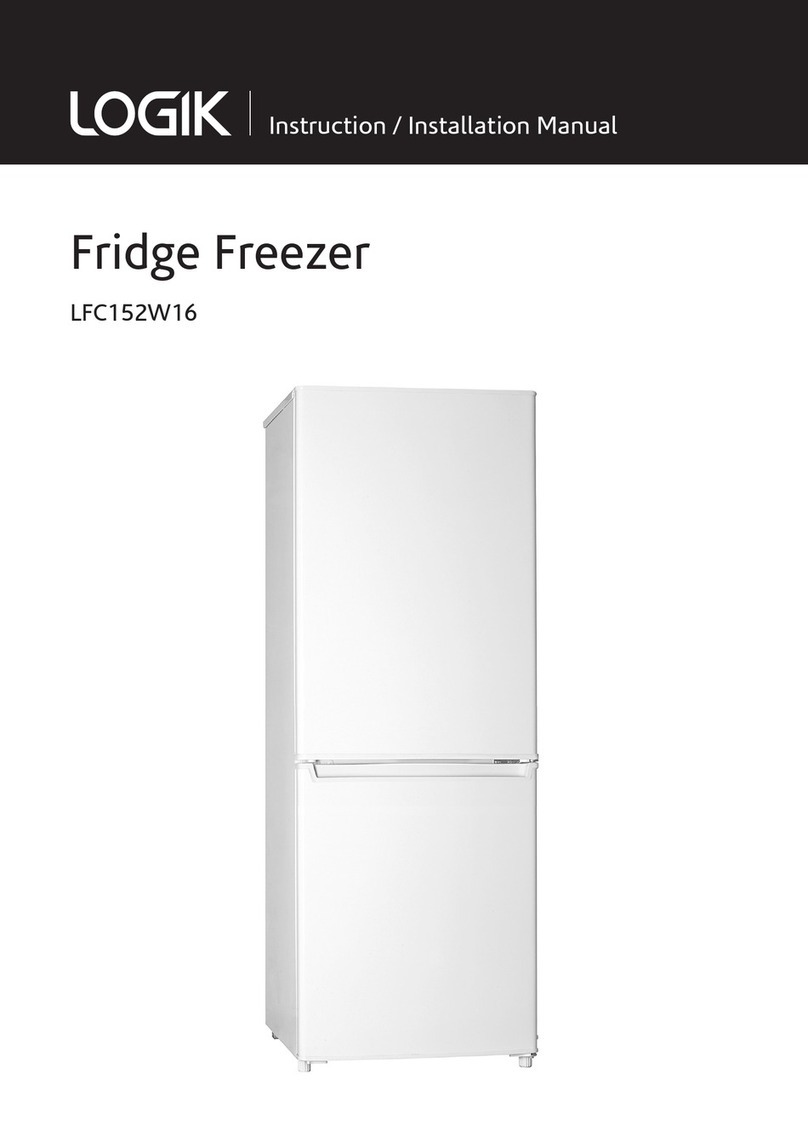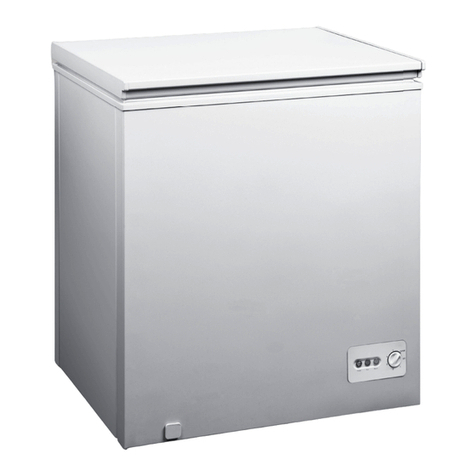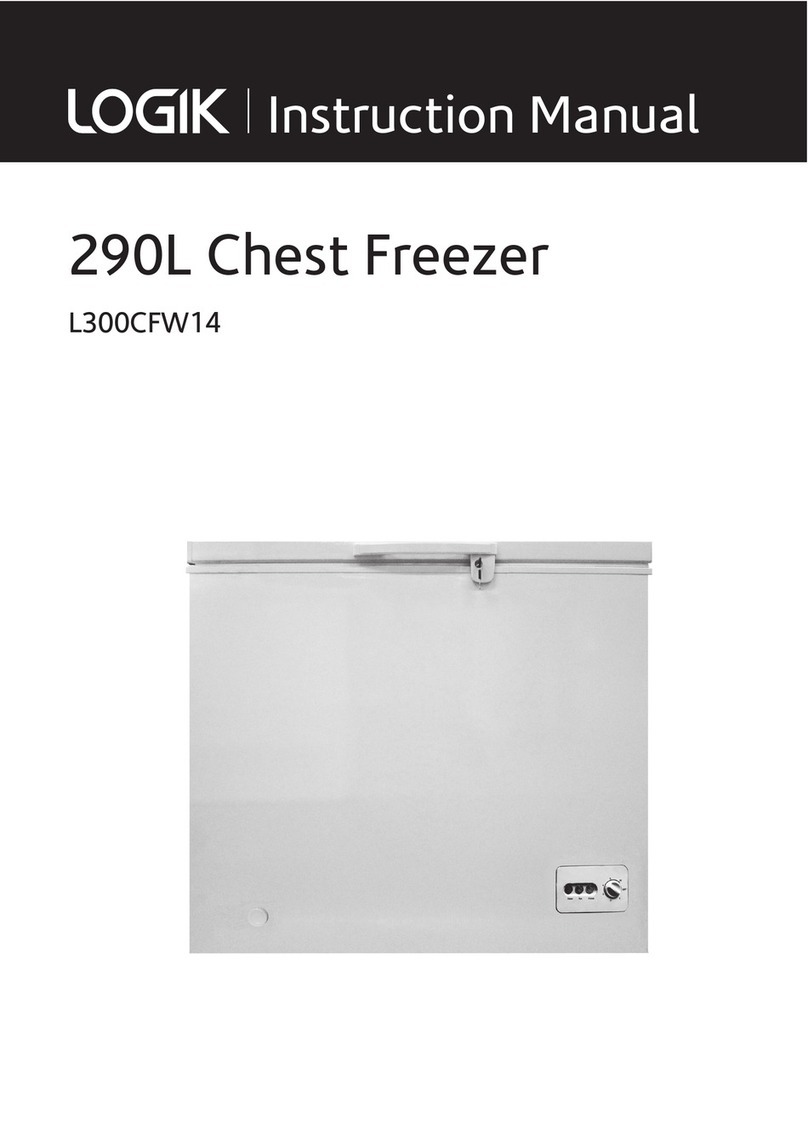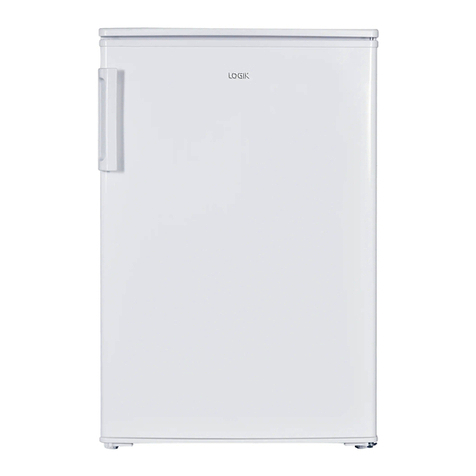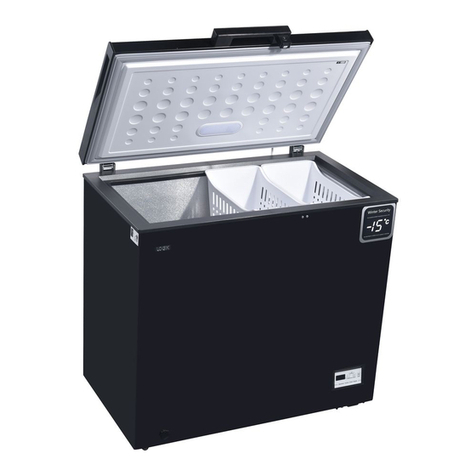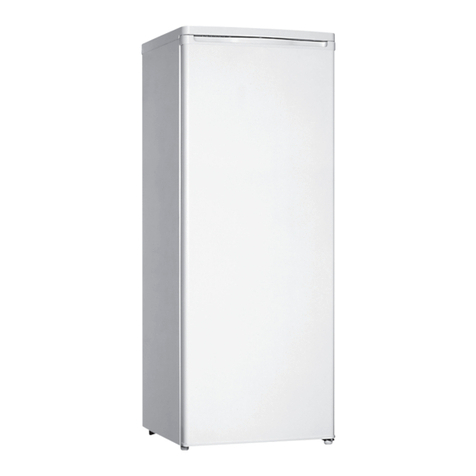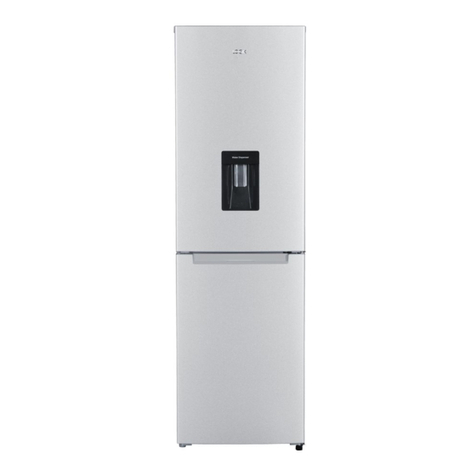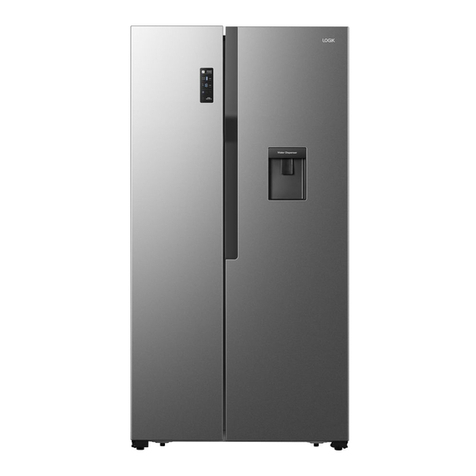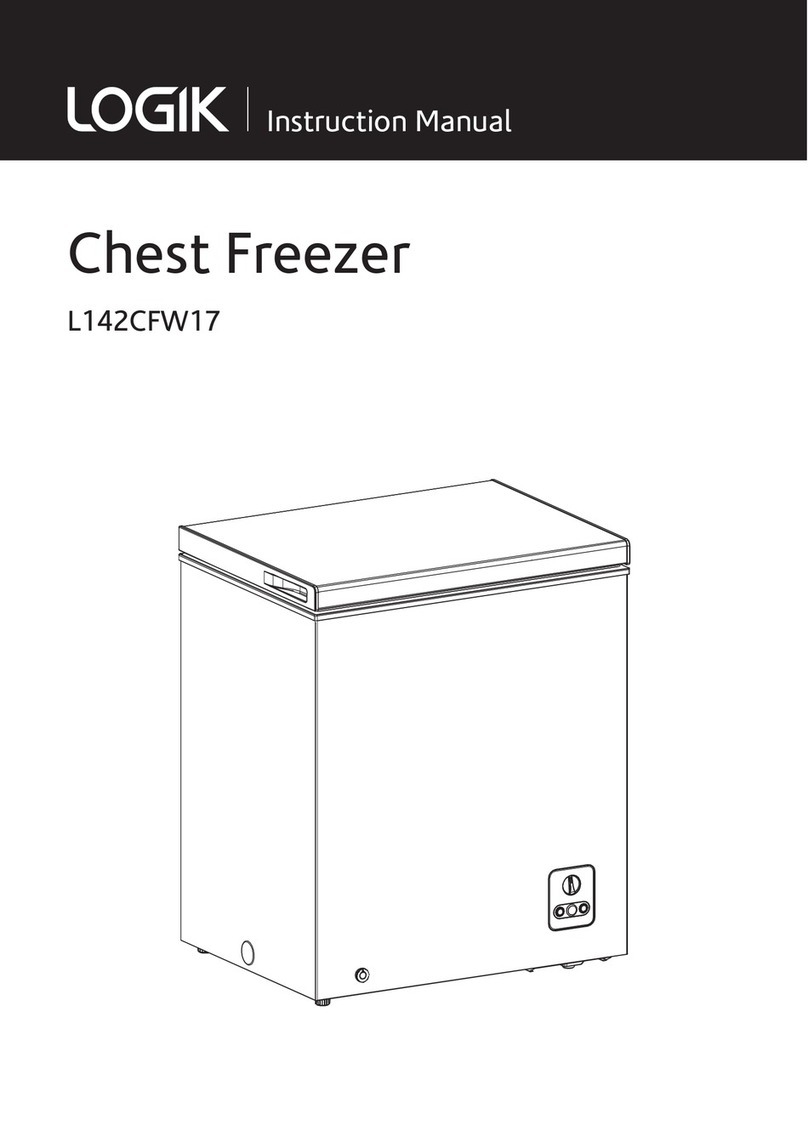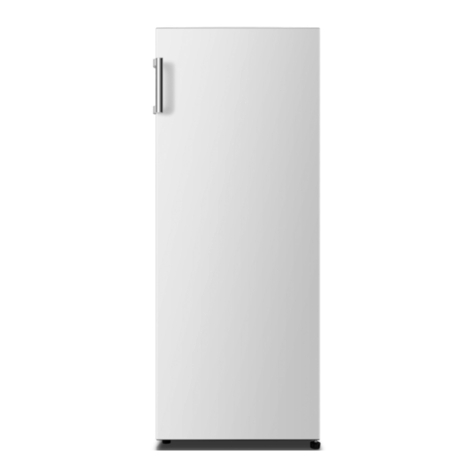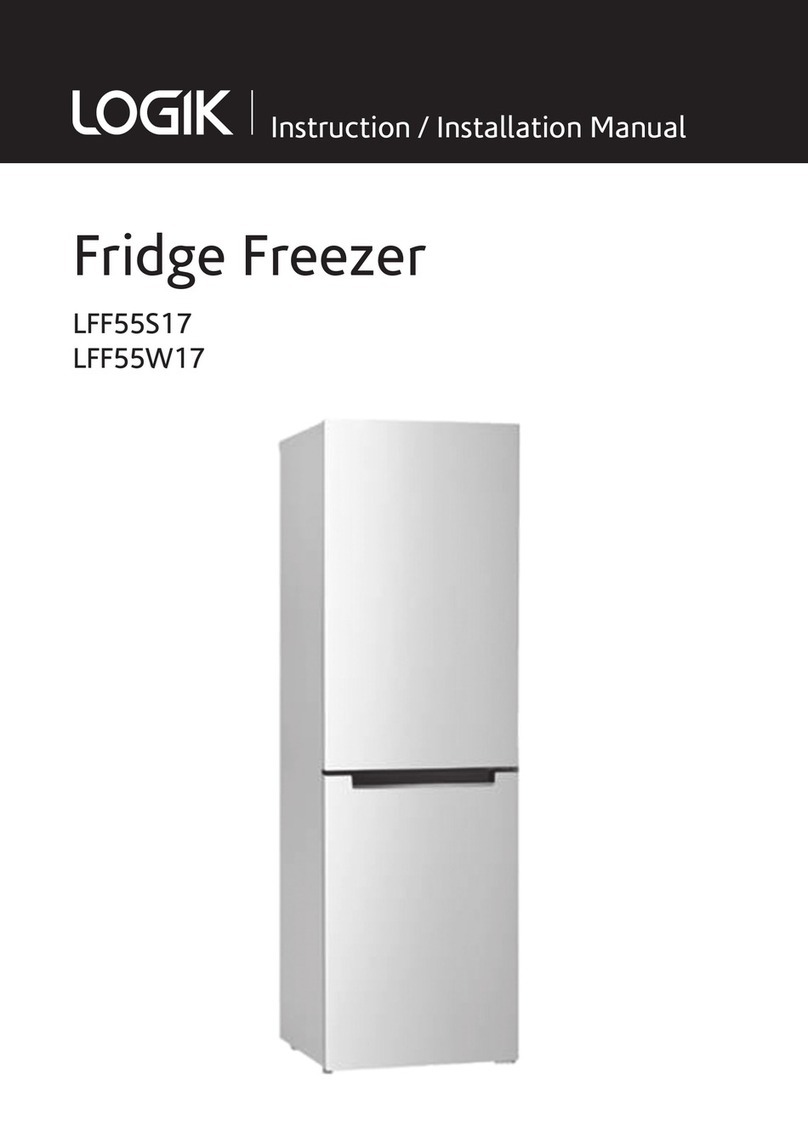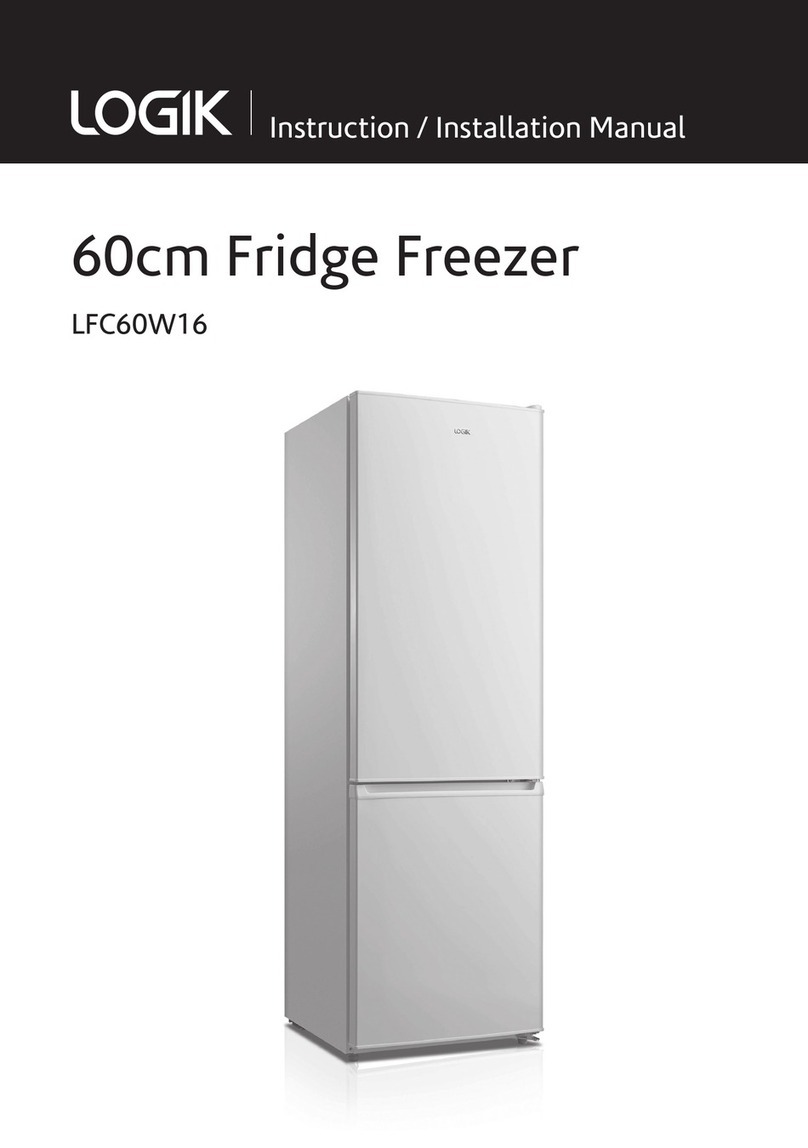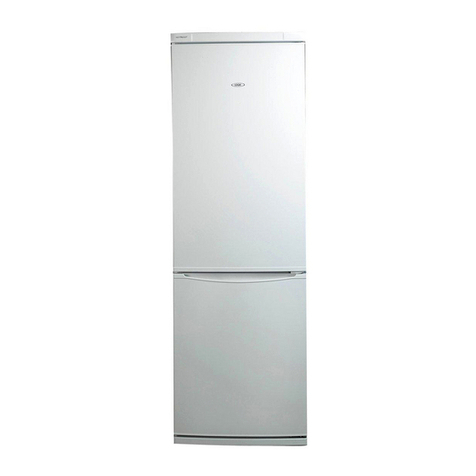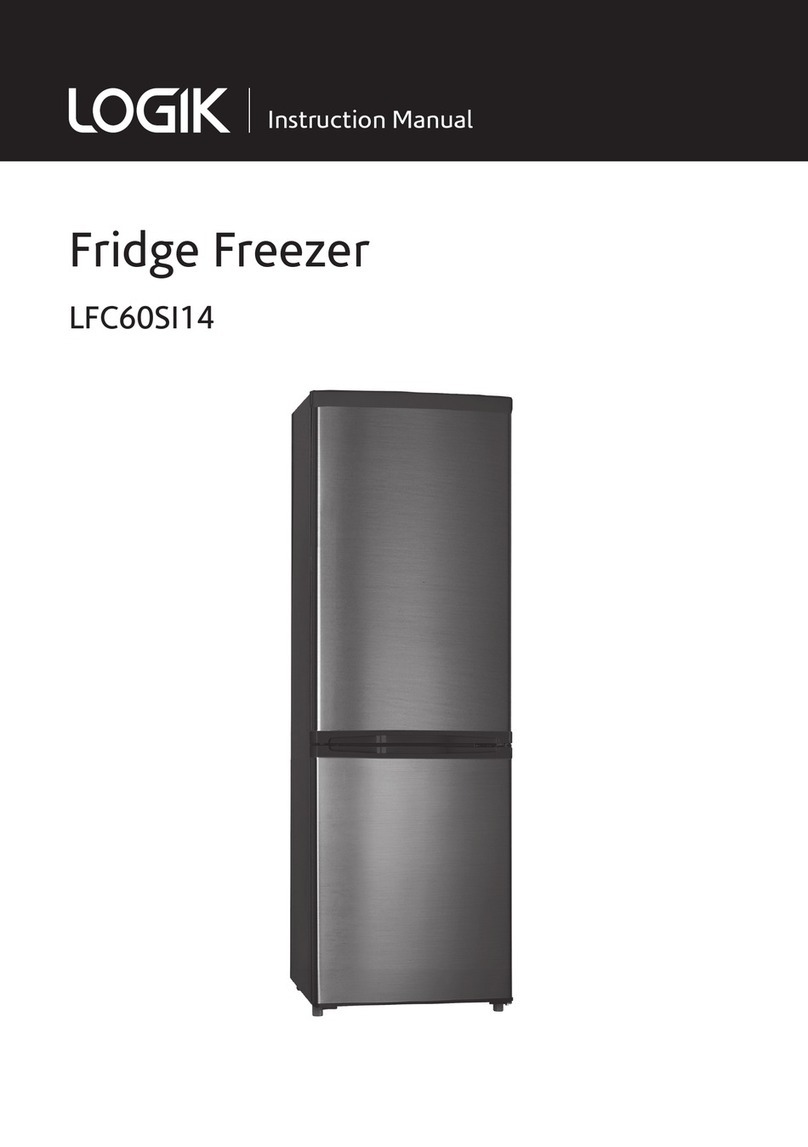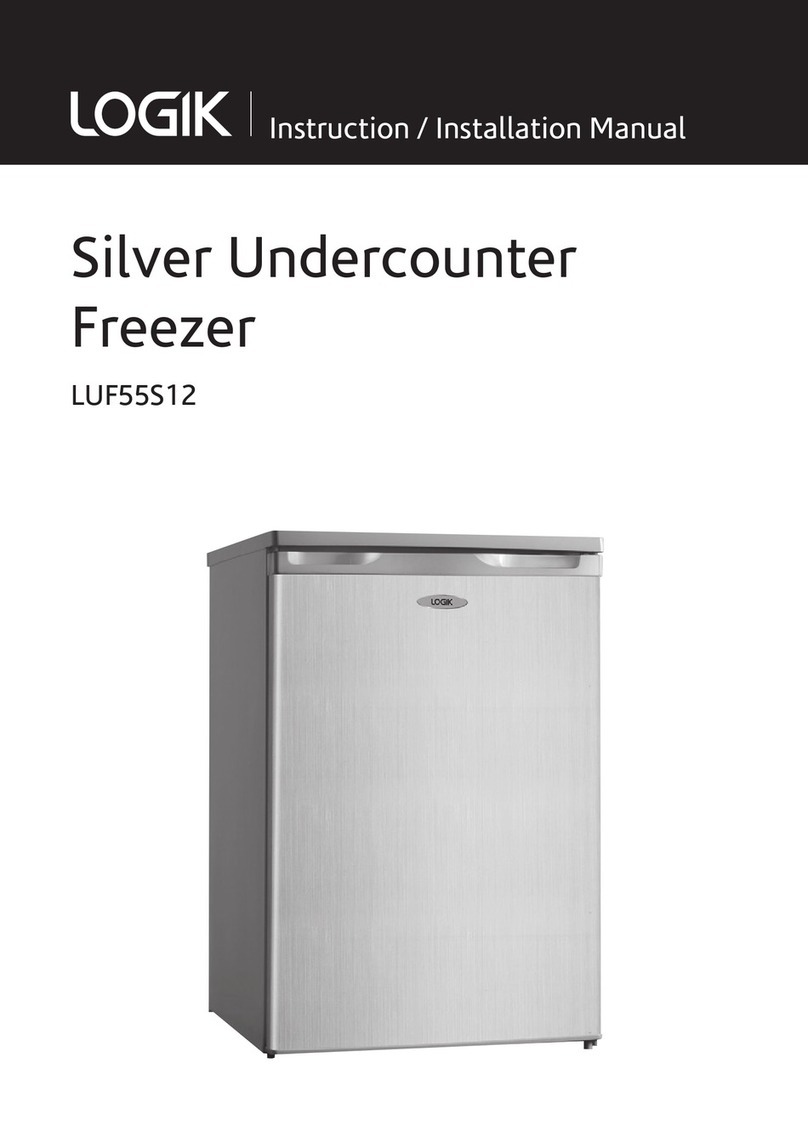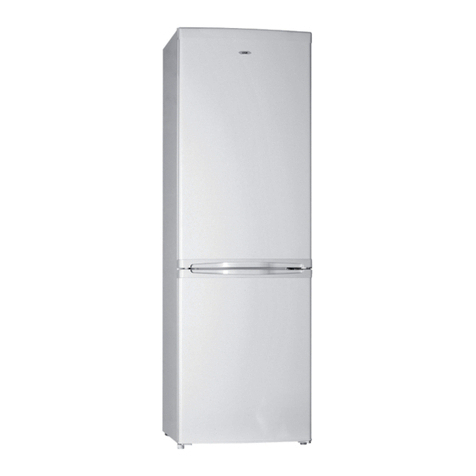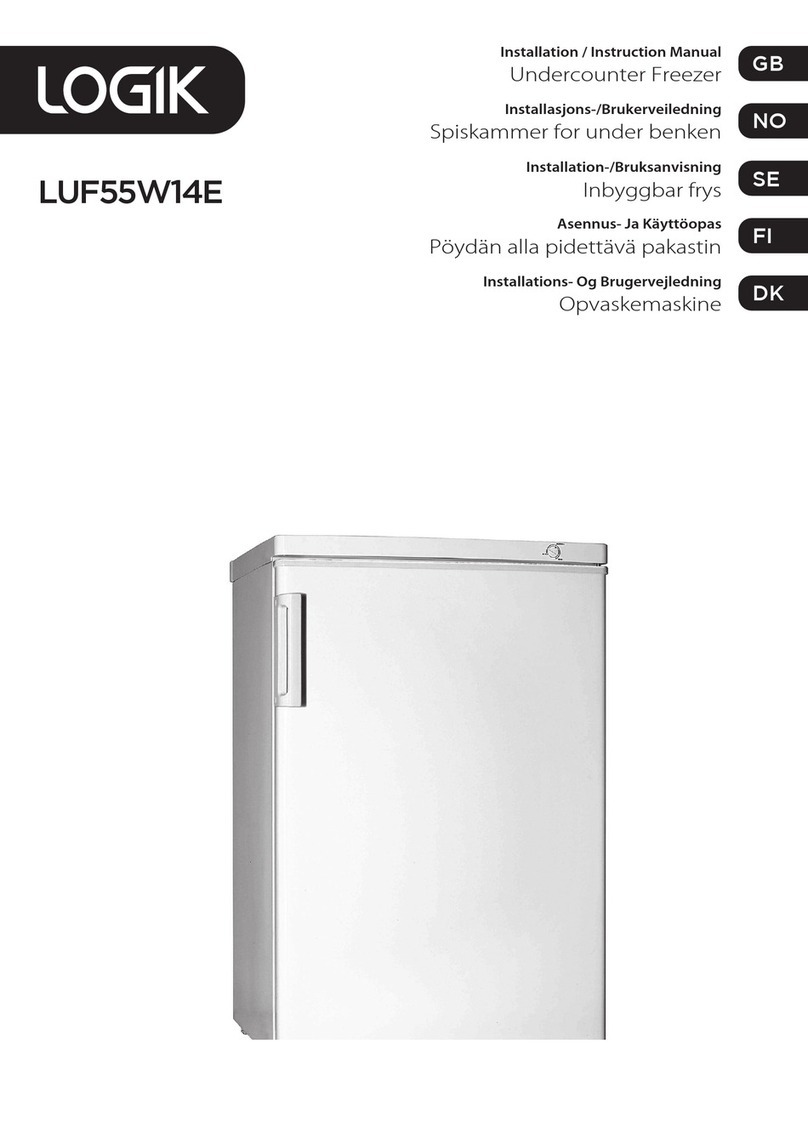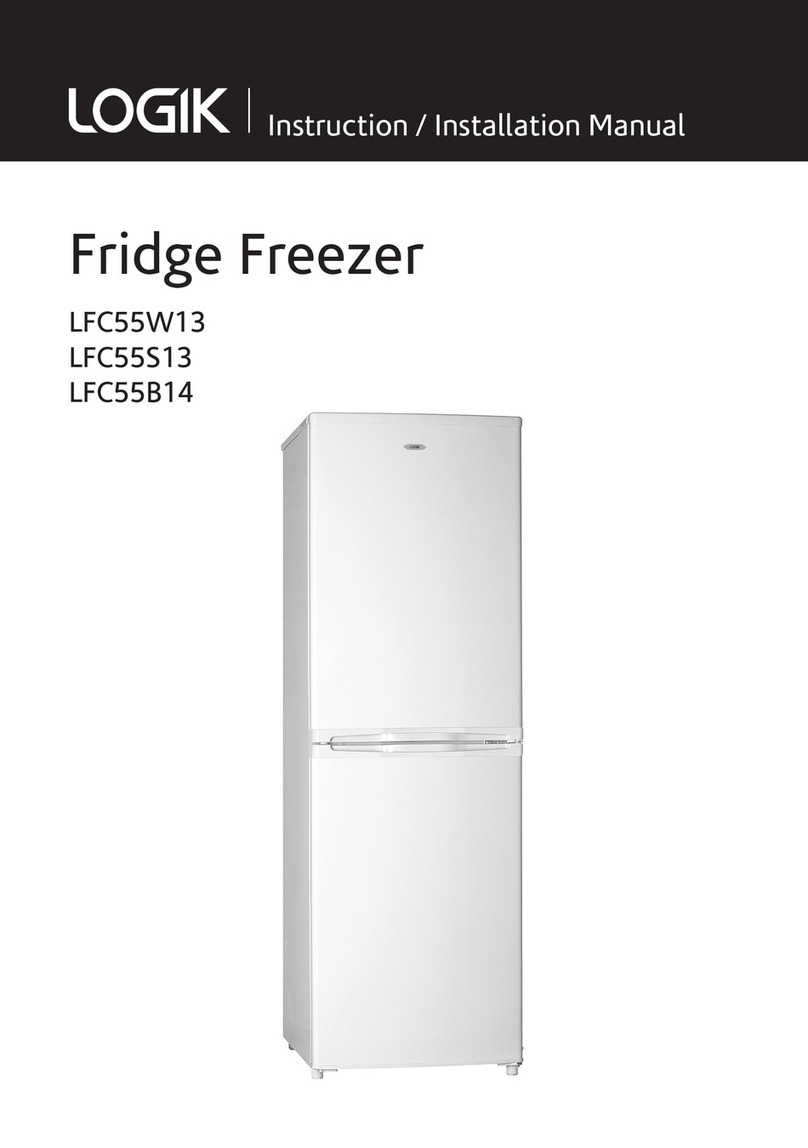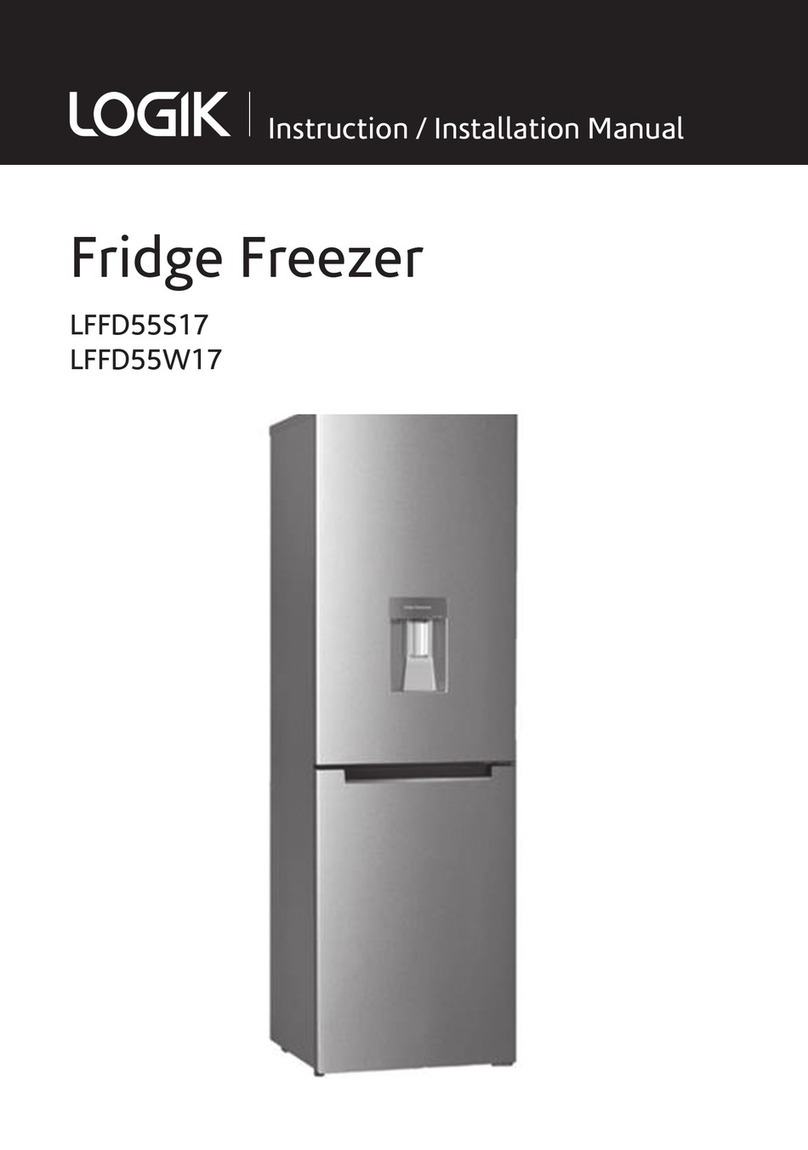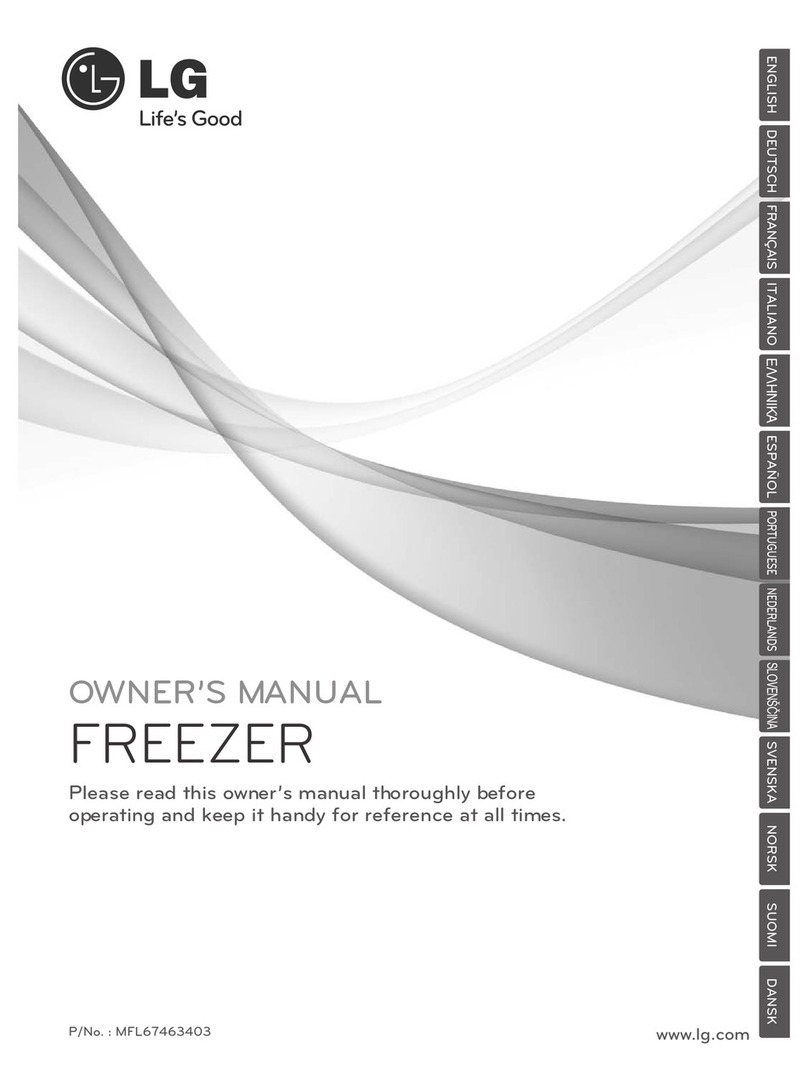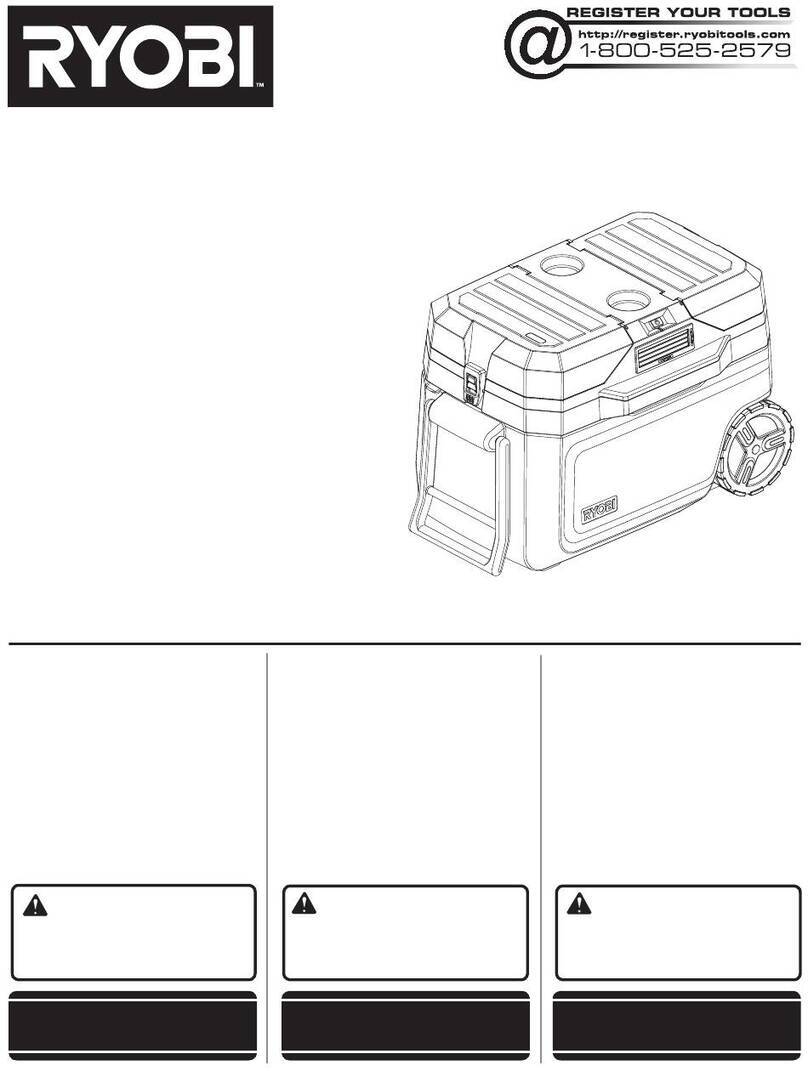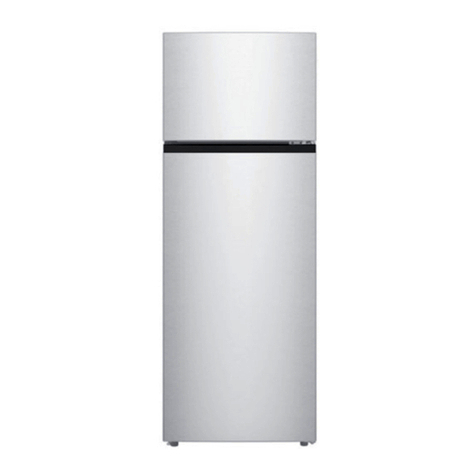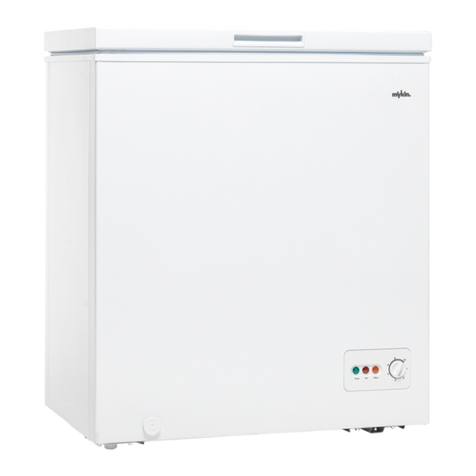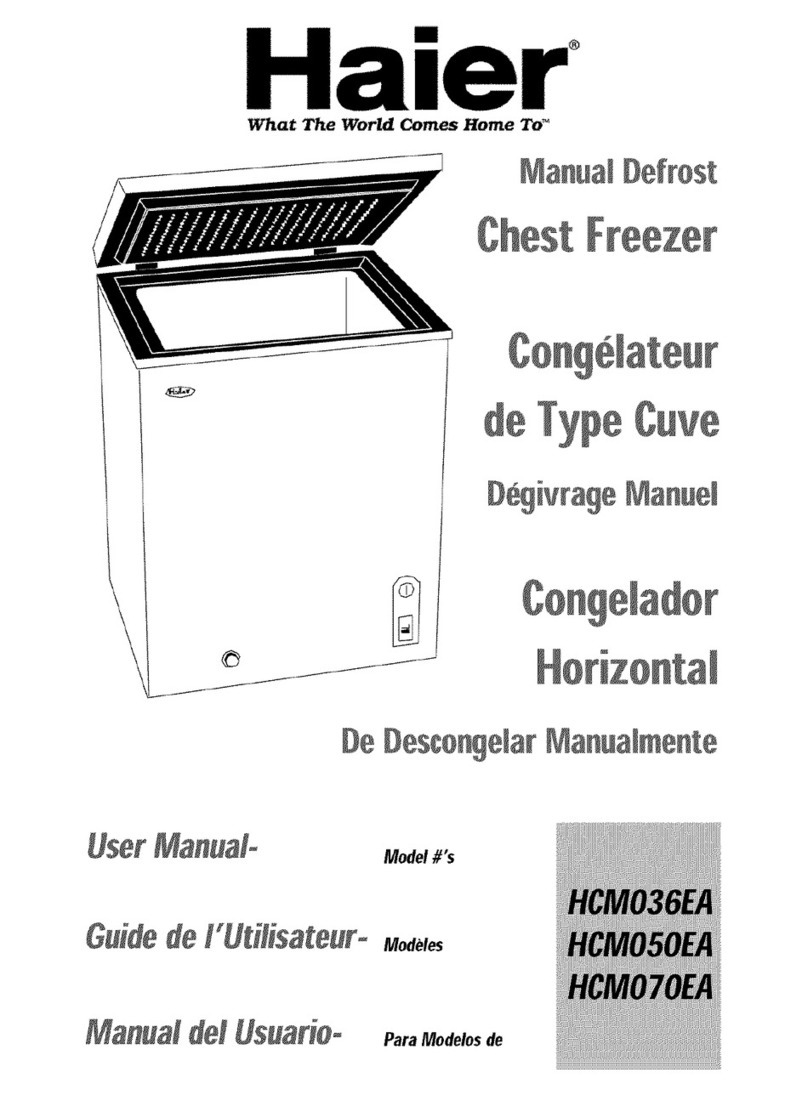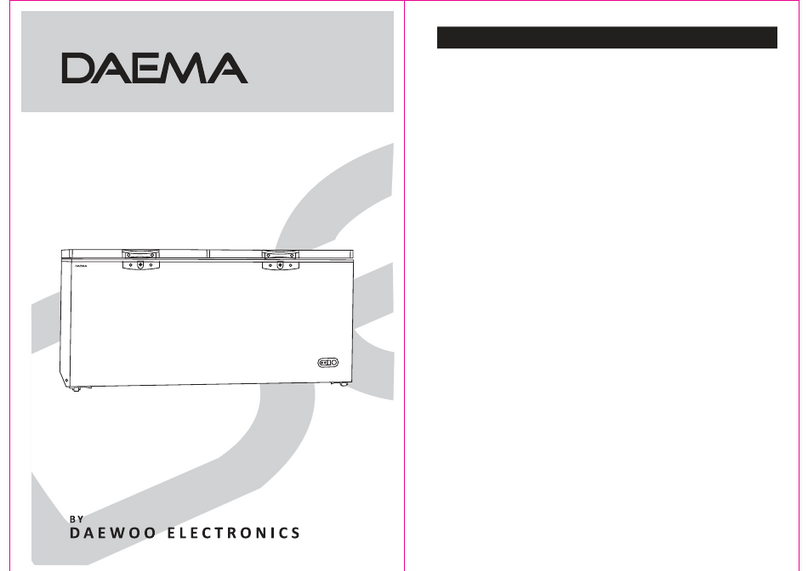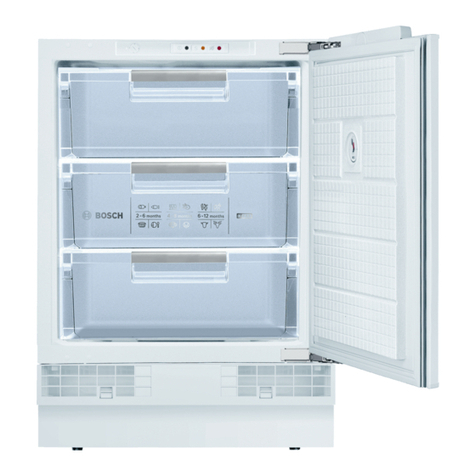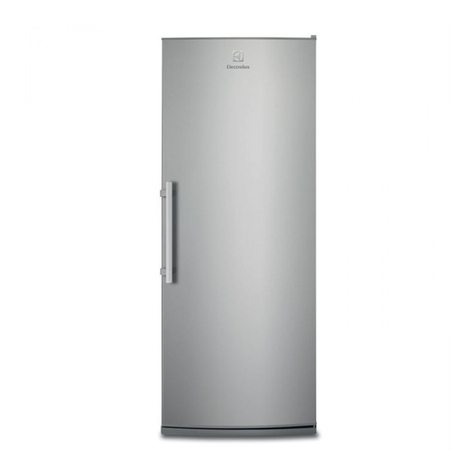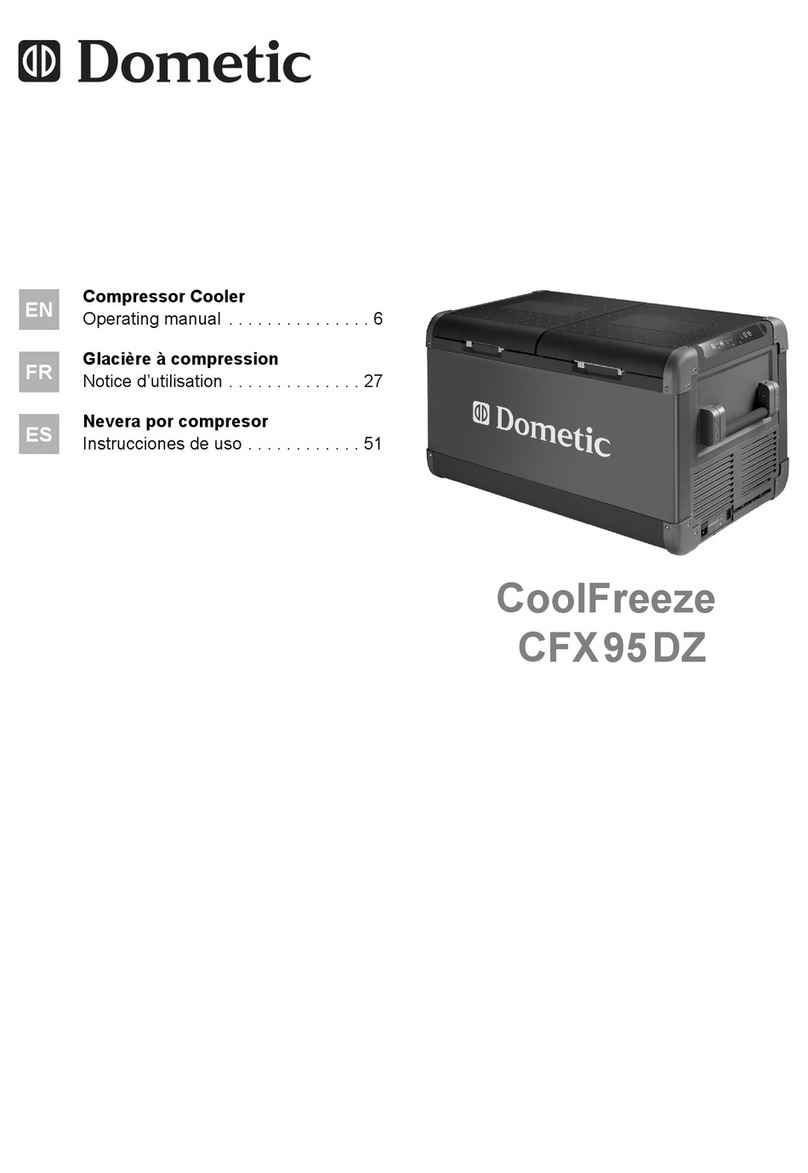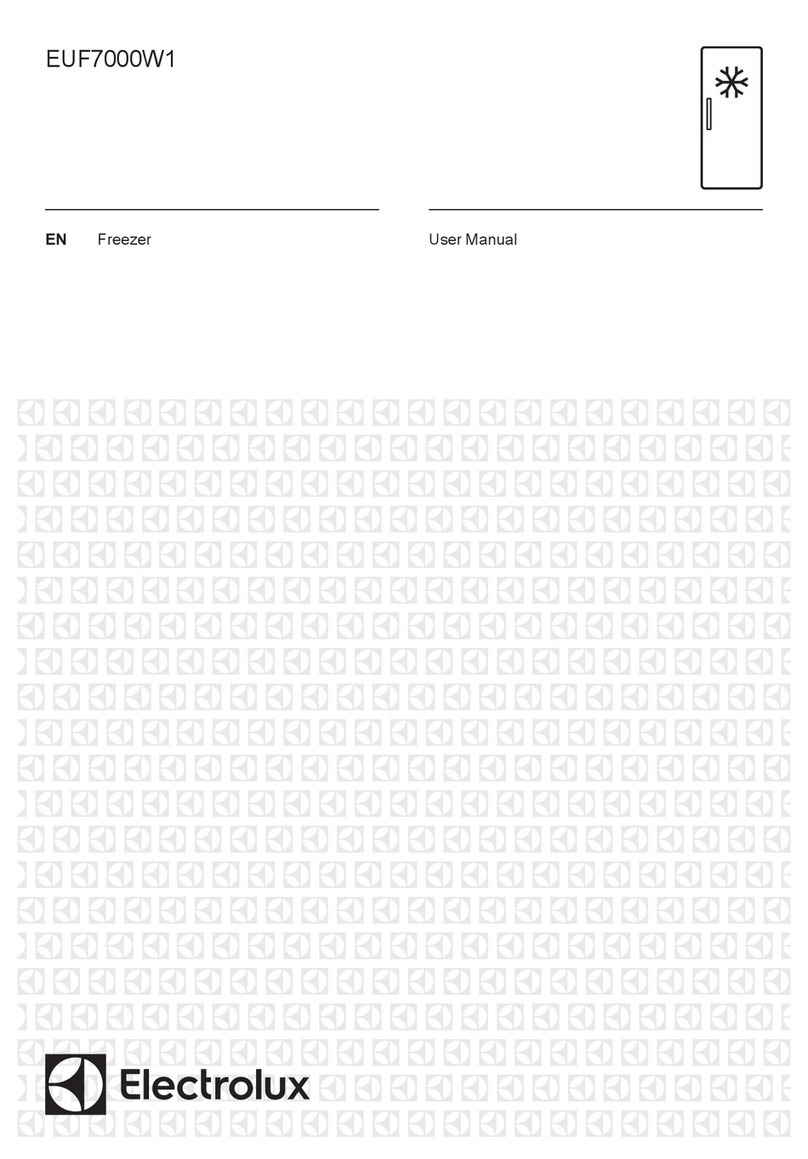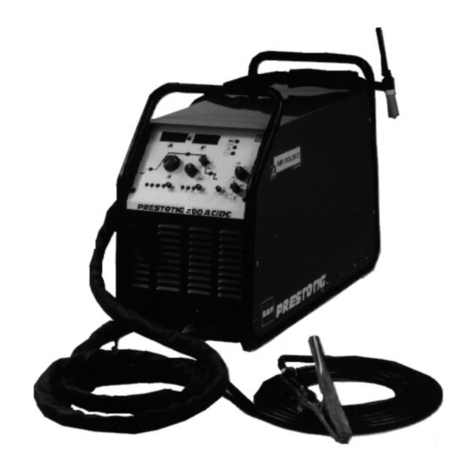
Contents GB
Unpacking.........................................................................................................4
Product Overview..............................................................................................5
Installation........................................................................................................5
Location.....................................................................................................5
Cleaning Before Use...................................................................................6
Before UsingYour Freezer ..........................................................................6
Operating Instructions ......................................................................................7
Switching OnYour Freezer..........................................................................7
Adjusting the Temperature ........................................................................7
Fast Freezing..............................................................................................7
Alarm Indicator..........................................................................................7
Noises Inside the Freezer!...........................................................................8
Shopping for Frozen Foods.........................................................................8
Preparations for Freezing..........................................................................8
Defrosting Frozen Food..............................................................................9
Cleaning..........................................................................................................10
Defrosting................................................................................................10
Cleaning the Interior and the Exterior of the Freezer................................10
Cleaning Tips............................................................................................10
Maintenance...................................................................................................11
CareWhen Handling / Moving Your Freezer .............................................11
Servicing..................................................................................................11
Disposal...................................................................................................11
Troubleshooting..............................................................................................12
Power Cut ................................................................................................12
The Freezer is Particularly Cold.................................................................12
The Freezer is Particularly Warm ..............................................................12
The Freezer is NotWorking.......................................................................12
Condensation Appears on the Outside of the Freezer...............................12
Specication ...................................................................................................13
Safety First!.....................................................................................................26
Contents GR
Unpacking.......................................................................................................15
Product Overview............................................................................................16
Installation......................................................................................................16
Location...................................................................................................16
Cleaning Before Use.................................................................................17
Before UsingYour Freezer ........................................................................17
Operating Instructions ....................................................................................18
Switching OnYour Freezer........................................................................18
Adjusting the Temperature ......................................................................18
Fast Freezing............................................................................................18
Alarm Indicator........................................................................................18
Noises Inside the Freezer!.........................................................................19
Shopping for Frozen Foods.......................................................................19
Preparations for Freezing........................................................................19
Defrosting Frozen Food............................................................................20
Cleaning..........................................................................................................21
Defrosting................................................................................................21
Cleaning the Interior and the Exterior of the Freezer................................21
Cleaning Tips............................................................................................21
Maintenance...................................................................................................22
CareWhen Handling / Moving Your Freezer .............................................22
Servicing..................................................................................................22
Disposal...................................................................................................22
Troubleshooting..............................................................................................23
Power Cut ................................................................................................23
The Freezer is Particularly Cold.................................................................23
The Freezer is Particularly Warm ..............................................................23
The Freezer is NotWorking.......................................................................23
Condensation Appears on the Outside of the Freezer...............................23
Specication ...................................................................................................24
Safety First!.....................................................................................................26
